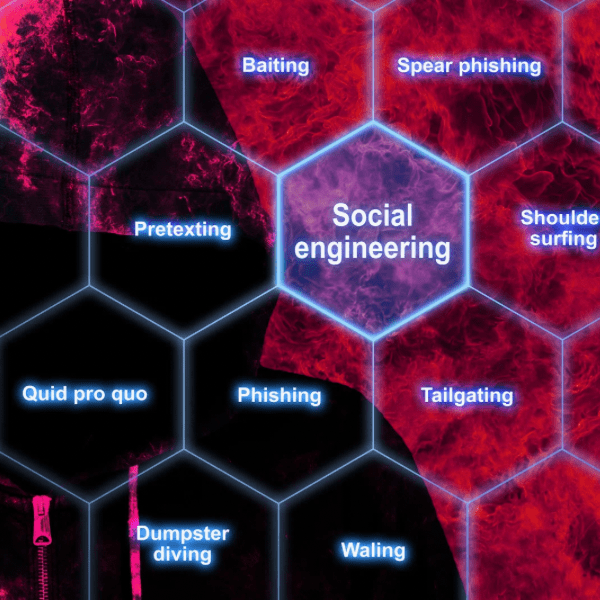Common Tactics of Cybercriminals and Tips On How to Protect Yourself

The rise of the internet has brought about unprecedented connectivity and convenience. However, it has also given rise to a new breed of criminal activity: cybercrime. Cybercriminals use various tactics to exploit the vulnerabilities of individuals, businesses, and governments alike. In this article, we will explore some common tactics of cybercriminals and provide tips on how to protect yourself against them.
Phishing
Phishing is a common tactic used by cybercriminals to obtain sensitive information such as usernames, passwords, and credit card details. This tactic often comes in the form of emails, text messages, or pop-up ads that mimic legitimate sources, such as banks or online retailers. They lure victims into clicking on a link or downloading an attachment, which then installs malware or directs the user to a fake website where the victim is prompted to enter personal information.
To protect yourself from phishing attacks, be wary of any unsolicited emails or messages, and avoid clicking on links or downloading attachments from unknown sources. Always verify the authenticity of the sender, and look out for misspelled words or strange URLs.

Malware
Malware is malicious software designed to gain unauthorized access to a computer or network. It can take many forms, including viruses, spyware, and ransomware. Once installed, malware can monitor keystrokes, steal sensitive information, or lock users out of their devices until a ransom is paid.
To protect yourself from malware, use reputable antivirus software and keep it updated. Avoid downloading software or attachments from unknown sources, and be wary of pop-ups or warnings that appear out of nowhere.
Social engineering
Social engineering is a tactic that relies on manipulating individuals to divulge sensitive information. This can be done through phone calls, emails, or in-person interactions. Cybercriminals might pose as a trusted authority figure, such as a bank or government official, and use fear or urgency to prompt the victim to reveal sensitive information.
To protect yourself from social engineering attacks, be cautious when dealing with unknown individuals or organizations. Always verify the identity of the person or organization before divulging any sensitive information.
Password attacks
Password attacks involve guessing or cracking passwords to gain access to a device or network. Cybercriminals may use brute force attacks, which involve trying multiple combinations of passwords until one works, or they may use social engineering tactics to obtain the victim’s password.
To protect yourself from password attacks, use strong, unique passwords for each account, and change them regularly. Use two-factor authentication when possible, and avoid using easily guessable information such as your birthdate or pet’s name in your passwords.
Wi-Fi eavesdropping
Wi-Fi eavesdropping involves intercepting data transmitted over an unsecured Wi-Fi network. Cybercriminals can use this tactic to intercept sensitive information such as credit card details or login credentials.
To protect yourself from Wi-Fi eavesdropping, avoid using public Wi-Fi networks for sensitive activities such as online banking. If you must use public Wi-Fi, use a virtual private network (VPN) to encrypt your data.
In conclusion, cybercrime is a serious threat that can cause significant financial and personal harm. By understanding the common tactics used by cybercriminals and taking proactive steps to protect yourself, you can minimize your risk and stay safe online. Always be vigilant, and if you suspect that you have been the victim of a cybercrime, contact the relevant authorities immediately.







